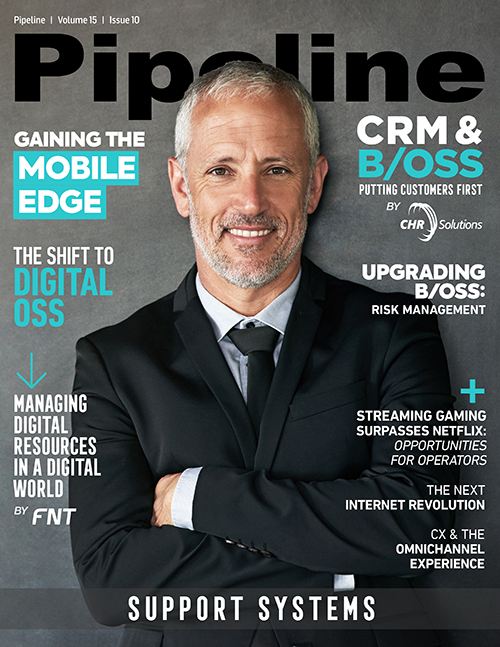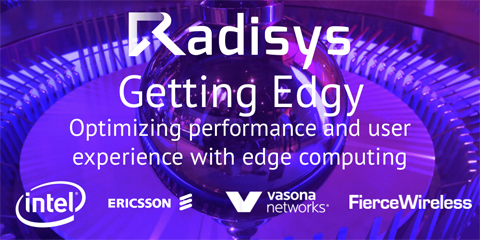Why risk management and revenue assurance can’t be left behind when upgrading your B/OSS
By: Bernardo Lucas

About Radisys
Radisys, a global leader in open telecom solutions, enables service providers to drive disruption with new open architecture business models. Radisys’ innovative disaggregated and virtualized enabling technology solutions leverage open reference architectures and standards, combined with open software and hardware to power business transformation for the telecom industry, while its world-class services organization delivers systems integration expertise necessary to solve communications and content providers’ complex deployment challenges. For more information, visit www.Radisys.com. Keep up to date with Radisys: Follow us on Twitter
5G network slicing is an interesting use case that demonstrates the potential for new business models to be applied in the 5G era. For example, let's consider a surveillance camera service provided by a CSP that uses two different network slices, each with different performance and cost characteristics. In this case, an Enhanced Mobile Broadband (eMBB) network slice provides low-cost connectivity, suitable for always-on low-resolution access, and uses specific tariffs and units of measurement for charging. When it’s necessary to zoom in on the camera image, users can rely on high-resolution access, which is provisioned in a more expensive Ultra Reliable Low Latency Communication (URLLC) network slice. This URLLC network slice is configured at a different charging tariff and uses a different unit of measurement for charging.




















